Vietnam and Cambodia are two friendly and close neighboring countries. The people have long had a close, united and mutually supportive relationship throughout history. In the resistance war against the common enemy, French colonialism and American imperialism, in response to the call of the Cambodian revolution, Vietnam was ready to send volunteer troops to help the neighboring country. The victory in the resistance war against America to save the country of the Cambodian people on April 17, 1975 was also a victory of the loyal and pure solidarity among the three Indochinese countries.
I. BACKGROUND
Vietnam and Cambodia are two friendly and close neighboring countries. The people have long had a close, united and mutually supportive relationship throughout history. In the resistance war against the common enemy, French colonialism and American imperialism, in response to the call of the Cambodian revolution, Vietnam was ready to send volunteer troops to help the neighboring country. The victory in the resistance war against America to save the country of the Cambodian people on April 17, 1975 was also a victory of the loyal and pure solidarity among the three Indochinese countries.
However, immediately after taking power in April 1975, the Pol Pot-Ieng Sary group took advantage of the revolutionary achievements and betrayed the Cambodian people. They established the so-called "Democratic Kampuchea", implemented a genocidal regime, carried out internal purges, killed millions of innocent people, destroyed hundreds of thousands of schools, hospitals, pagodas... In 2 years (from April 30, 1975 to April 30, 1977), Pol Pot redistributed administrative units, organized the government apparatus of villages, communes, districts, and provinces in a military style, purged those who opposed him; they built up forces, developed the main force from 7 divisions when it was liberated to 12 regular army divisions with full military components, and tens of thousands of local troops. Pol Pot declared: "Even if we have to kill another million people, we will do it resolutely. It is better to kill an innocent person than to let an opposition person escape; in a family, if one person goes to the forest to join the opposition, three generations will be killed." The Cambodian patriotic forces faced an extremely difficult situation, as Cambodian Prime Minister Hun Sen said: "We have nothing left but empty hands and are waiting for death."
Cambodian people saw off Vietnamese volunteer soldiers who had completed their international duty and were returning to their homeland.
Regarding Vietnam, the Pol Pot - Ieng Sari group distorted history, provoked and incited national hatred; in just 2 years (1975 to 1977), they mobilized 41% of their troops and equipment close to the Vietnamese border; committed bloody crimes against our people, seriously violated the independence, sovereignty and territorial integrity of Vietnam, and trampled on the good values in the friendly relationship between the two countries and two peoples.
On May 3, 1975, they occupied Phu Quoc Island; on May 10, 1975, they occupied Tho Chu Island, capturing and killing more than 500 civilians. On land, they provoked our border guards, forcing people to move border markers at several points in the provinces of Tay Ninh, Kon Tum , and Dak Lak. In October 1975, they infiltrated the Pa Cham (Lo Co) area, encroaching on the areas of Moc Bai, Khuoc, Vat Sa, Ta Not, and Ta Bat. In late 1975 and early 1976, Pol Pot's troops suddenly launched a number of attacks deep into Vietnamese territory, in some places over 10km deep, such as in the Sa Thay River area (Gia Lai, Kon Tum). In late February and early March 1976, Pol Pot's troops provoked two border posts No. 7 and No. 8 in Bu Prang (Dak Lak). At the end of 1976, they increased their provocations and encroachments in the southwestern border of our country. In Military Region 7, they caused 280 provocations and encroached on 20 points on the border. In Military Regions 5 and 9, the encroachments increased with increasingly serious nature. In March and April 1977, Pol Pot's army continuously launched many military exercises along our border under the name of "regional defense" and "ensuring internal security", but in fact they were military deployments. At the end of April 1977, Pol Pot mobilized 5 divisions and hundreds of artillery pieces and tanks close to the Vietnamese border, carrying out a large-scale invasion plot into our southwestern border.
To protect the sacred sovereignty of the Fatherland and the lives and property of the People, our Party and State on the one hand directed the Military Regions, localities and units to strengthen the preparation of forces and positions, resolutely crushing the enemy's invasion attacks; on the other hand, persistently advocated the construction of a peaceful and friendly border, repeatedly proposing negotiations with the Cambodian Government. However, Pol Pot-Ieng Sary not only refused and rejected all our goodwill but also stepped up sabotage activities, frantically preparing for war. On the night of April 30, 1977, taking advantage of the time when our army and people were celebrating the second anniversary of the complete liberation of the South and the reunification of the country, the Pol Pot group launched an attack along the entire border in An Giang province, officially starting the war of aggression on the southwestern border of Vietnam.
II. PROGRESS OF THE WAR
1. Phase 1 (from April 30, 1977 to January 5, 1978): Pol Pot launched 3 consecutive large-scale attacks on Vietnamese territory:
On April 30, 1977, they attacked 14/16 border communes in An Giang province, destroying our villages, schools, production facilities, firing artillery into densely populated areas near the border and deep into Vietnamese territory. In the face of the blatant invasion by Pol Pot's army, the border guards, militia and guerrillas fought bravely to stop the enemy. Our army used 1 regiment (belonging to Division 330), 1 boat regiment and 2 local An Giang battalions to fight back, killing 300 enemies, forcing Pol Pot's army to retreat across the border.
On May 23, 1977, the Central Military Commission issued a directive to the armed forces in the South: "Resolutely protect our territorial sovereignty, do not tolerate any invasion of our territory by reactionary Cambodian provocative forces; at the same time respect the territorial sovereignty of Cambodia". Implementing the Directive, the main military and logistics units prepared all forces to be ready for combat.
From September 25, 1977, Pol Pot's army concentrated 9 main divisions with local forces to launch the second major attack on the provinces of An Giang, Kien Giang, Long An, Dong Thap towards Tay Ninh, committing many crimes against the Vietnamese people. In 3 communes of Tan Bien and Ben Cau districts (Tay Ninh), Pol Pot's army massacred over a thousand people.
Faced with new developments in the war, the General Staff decided to use a part of the main mobile force to repel attacks by Pol Pot's army in many areas on the border, recapture occupied areas, and then retreat to consolidate forces.
Discovering that we had retreated, on November 15, 1977, Pol Pot's army launched a new attack to capture Tay Ninh town. In that situation, from December 5, 1977 to January 5, 1978, our army launched a counterattack on Route 7, Route 1, and Route 2, pursuing Pol Pot's army, causing losses of 5 divisions and foiling the enemy's plan to capture Tay Ninh town.
With the sinister plot and trick of "both robbing and shouting", the Pol Pot group brought the border war to the world public opinion: On December 31, 1977, they issued a statement slandering the Vietnamese Army for "invading Democratic Cambodia" in order to isolate Vietnam in the international arena. Also on December 31, 1977, our Government issued a statement on the Vietnam - Cambodia border issue, clearly stating its stance and principles: Resolutely protect independence, sovereignty and territorial integrity; always respect the independence, sovereignty and territorial integrity of Cambodia, do our utmost to protect the solidarity and friendship between Vietnam and Cambodia; expose the plots and tricks and barbaric crimes of the Pol Pot group against our compatriots in the southwestern border provinces.
2. Phase 2 (from January 6, 1978 to January 7, 1979):
Despite suffering heavy losses in phase 1, with support in weapons, equipment and military advisors from outside, Pol Pot continued to prepare forces, concentrating troops on the Vietnam border. In January 1978, Pol Pot sent 2 more divisions to the border, continued to cause conflicts, continuously attacked and occupied, bombarded densely populated areas, and committed many crimes against our people.
Faced with that situation, the General Staff mobilized Division 341 (Army Corps 4) to reinforce Military Region 9, ready for combat; at the same time, ordered our units along the entire southwestern border to heighten vigilance, carry out active defense to support our Party and State in carrying out political and diplomatic struggles. On February 5, 1978, the Government of the Socialist Republic of Vietnam issued a three-point statement: (1) The two sides ceased all military activities, withdrew armed forces 5km from the border; (2) Negotiations to sign a treaty of friendship and non-aggression, and a treaty on the border; (3) Agreement on an appropriate form to ensure international practices and international supervision.
Ignoring our goodwill, Pol Pot's army continued to mobilize forces to approach the border and sent troops to attack and infiltrate many points in our country; our forces resolutely fought back and regained the encroached areas.
From March 26, 1978, our army units switched to the offensive, pushing Pol Pot's troops further away from the border and forcing the enemy into a passive position; at the same time, directly supporting the development of the uprising movement of the Cambodian revolutionary forces, culminating in the uprising from May 26, 1978 in the Eastern Military Region, weakening a part of Pol Pot's troops. The Cambodian revolutionary army established guerrilla bases with favorable conditions in many aspects, especially those near Vietnam, gradually forming a unified command.
On June 15, 1978, the Politburo and the Central Military Commission met to discuss countering Pol Pot's war of aggression in the southwestern border and the tense situation in the northern border; decided to launch a people's war, resolutely counterattack and attack the enemy proactively and continuously with all forces, on small, medium and large scales, fighting the enemy both inside and outside the border; destroying, wearing down and disintegrating an important part of the enemy's forces.
After the uprising of the Cambodian revolutionary forces in the Eastern Military Region on May 26, 1978, Pol Pot's army had to both actively purge internally and deal with the Cambodian revolutionary forces that were still operating in many places. To support the Cambodian revolutionary forces to survive and develop, creating a position for our activities in the dry season of 1979, from June 14 to September 30, 1978, we used the 3rd Corps, the 4th Corps and 2 divisions (belonging to Military Region 7), 2 divisions (belonging to Military Region 5) to continue to launch major attacks on Route 1, Route 7, the Tay Ninh border area and the extended Route 19 to destroy an important part of the enemy's forces, gradually weakening Pol Pot's army.
Being completely surprised by our timing, scale and method of operation, Pol Pot's army fell into a passive position. Our attack provided timely support to the Cambodian revolutionary forces in the Eastern Military Region, forcing Pol Pot's army to respond on both the border and inland fronts. Coordinating with the Cambodian revolutionary forces in this attack, we eliminated 6 divisions from combat, severely weakened the main force and pushed most of Pol Pot's army out of Vietnamese territory.
During the period from May to November 1978, Vietnam helped the Cambodian revolutionary armed forces develop 15 battalions, 5 battalion frames, 24 working teams, build party organizations, prepare to establish a front and leadership apparatus. With the help of Vietnam, on December 2, 1978, in the liberated zone of Snuol liberated zone, Snuol district, Kratie province (Cambodia), the Kampuchean United Front for National Salvation introduced itself to the Cambodian people, announcing an 11-point revolutionary platform, which clearly stated the determination to unite and rally all patriotic forces to rise up to overthrow the reactionary Pol Pot group, abolish the cruel genocidal regime, and establish a people's democratic regime; affirming to strengthen solidarity with the Vietnamese people and peace-loving, justice-loving people in the world; calling on governments of other countries and international organizations to provide all-round support for the just struggle of the Cambodian people.
Faced with Pol Pot's intention to concentrate 5 divisions and 4 regiments to attack and occupy Tay Ninh, and then expand the area to occupy Vietnamese territory, on December 6 and 7, 1978, the Politburo and the Central Military Commission approved the determination to launch a general counterattack - strategic attack to destroy the enemy, completing the war to protect the southwestern border of the Fatherland; at the same time, ready to support the Cambodian revolutionary armed forces to regain power for the people.
Discovering our preparations, Pol Pot concentrated most of his main forces along the border with Vietnam, leaving the entire rear area almost empty. On December 23, 1978, they mobilized 10 of the 19 divisions deployed at the border to launch an attack along the entire southwestern border of our country.
In response to Pol Pot's invasion and the urgent call of the Cambodian National United Front for National Salvation, on December 23, 1978, the Vietnamese volunteer army, together with the Cambodian revolutionary armed forces, launched a general counter-offensive and offensive along the entire border.
On December 26, 1978, the entire outer defense system of Pol Pot's army was broken. By December 31, 1978, our army and people had completed the mission of expelling Pol Pot's army, reclaiming all the territorial sovereignty of the Fatherland that had been encroached upon by the enemy. On January 2, 1979, Pol Pot's three main army groups, each group of 5 divisions, blocking the roads leading to Phnom Penh (Route 1, Route 7 and Route 2) were basically destroyed and disintegrated. On January 5 and 6, 1979, in all directions, the Vietnamese Volunteer Army and the Cambodian revolutionary armed forces pursued and advanced close to the capital Phnom Penh. On January 7, 1979, the capital Phnom Penh was completely liberated.
III. HISTORICAL SIGNIFICANCE AND LESSONS OF THE VICTORY
1. Historical significance
The victory of the war to protect the southwestern border of the Fatherland was a legitimate and necessary act of self-defense by the Vietnamese people against the war of aggression caused by the Pol Pot - Ieng Sari group. The victory once again affirmed: the will for independence, self-reliance and the spirit of great national unity and pure international solidarity of the Vietnamese people is a great source of strength, smashing any plots and acts of sabotage by reactionary forces, firmly protecting the independence, sovereignty and territorial integrity of the Fatherland.
At the same time, responding to the call of the Cambodian revolution, Vietnam helped the Cambodian people overthrow the Pol Pot genocidal regime, saving the Cambodian people from extinction - that was an action in accordance with law and morality, demonstrating the noble, pure, righteous, and devoted international spirit, ready to sacrifice blood and bones for the traditional, loyal and long-standing relationship between the Party, State and people of the two countries; it was a continuation of the tradition of solidarity in fighting against the common enemy of the two peoples. Cambodian Prime Minister Hun Sen affirmed, "Without January 7, 1979, we, the Cambodian people, would not have achieved what we have today. This is a historical truth that no reactionary force can deny";
The victory over the Pol Pot genocidal regime also contributed to maintaining peace and stability in Southeast Asia and the world; fighting to expose the nature of racial and ethnic discrimination and dictatorship and warning humanity to be vigilant against the dangers of narrow-minded nationalism and neo-fascism.
After many years of trial with hundreds of thousands of documents and evidence collected, on November 16, 2018, the Extraordinary Chambers in the Court system of Cambodia under the auspices of the United Nations officially issued a verdict that the former leaders of the Pol Pot Genocide Group committed genocide against humanity. Although 45 years have passed, this verdict has restored justice to the innocent victims massacred by the Pol Pot Genocide gang and once again affirmed the righteousness, selfless and pure assistance of Vietnam to Cambodia.
2. Lessons learned
The victory in the War to protect the Southwestern border of the Fatherland and the joint efforts of the Cambodian people to destroy the genocidal regime have left many valuable lessons in the current work of building and protecting the Fatherland.
First, always uphold the spirit of revolutionary vigilance, grasp the situation, promptly detect and destroy all enemy plots and invasion tricks.
Thoroughly grasping President Ho Chi Minh's advice "In peace or war, we must firmly grasp the initiative, must foresee and prepare in advance", our entire Party, people and army must always heighten the spirit of vigilance in all situations, for the purpose and requirements of the task of protecting the Fatherland. Especially in the context of the complicated developments in the world and the region as at present, it is even more necessary to closely forecast the situation, promptly detect and clearly identify the enemy; correctly identify and assess the target and partners at each time; maintain strategic initiative, prepare in terms of ideology, forces and posture; be ready to defeat the enemy's war of aggression, firmly protect the independence, sovereignty, unity and territorial integrity of the country; protect national and ethnic interests, and avoid being passive and surprised.
Second, build a strong national defense and people's security posture, especially in strategic, key areas, borders, and islands.
It is extremely important to proactively and actively participate in building and consolidating the national defense and people's security posture, especially in strategic, key, border and island areas. In the implementation process, it is necessary to thoroughly understand the Party's viewpoint on the goals and requirements of building a strong and comprehensive national defense and people's security posture in terms of economic, political, cultural, social, defense and security potential. The task of protecting the Fatherland, ensuring national defense and security, building a posture of people's hearts, a national defense posture, and a posture of people's security is the responsibility of the entire political system and the entire society, and must receive the attention, leadership and direction of Party committees at all levels, the management and operation of governments at all levels, and the active participation of departments, branches, organizations and the masses.
Third, take care to build a revolutionary armed force that is regular, elite, gradually modernized, and has increasingly high overall quality and combat strength.
The people's armed forces, with the core being the People's Army and the People's Public Security, need to continue to promote their leading role in building a strong national defense and people's security, building and consolidating a solid national defense and people's security posture; constantly improving the country's potential in all aspects, preventing and being ready to defeat all types of aggressive wars of the enemy in all circumstances; resolutely not being passive or surprised, especially in the face of the enemy's ability to attack from the air and at sea; firmly protecting the Fatherland early and from afar. Building a revolutionary, disciplined, elite People's Army and People's Public Security, gradually modernizing, with a number of military branches, services, and forces advancing straight to modernization. Improving the quality, effectiveness, and efficiency of Party work and political work in the People's Army and People's Public Security; Step up propaganda and education to raise awareness and responsibility of the entire Party, people, army, all levels, sectors, each cadre, party member and citizen for the task of strengthening national defense and security, protecting the Fatherland, building and fostering the noble international spirit of "helping friends is helping yourself".
Fourth, be sensitive to the world and regional situation, strengthen cooperation and foreign relations with other countries, especially neighboring countries.
Thoroughly grasp the Party's foreign policy of independence, self-reliance, peace, friendship, cooperation and development; promote and improve the effectiveness of foreign affairs, especially with neighboring countries, maintain a peaceful environment for national construction and development. In foreign relations, it is necessary to be extremely alert, maintain strategic principles, be flexible and agile in tactics; actively transform objects into partners, closely link partner interests with national defense and security interests, and protect national sovereignty.
IV. PROMOTING THE SPIRIT OF VICTORY, CONSTANTLY CULTIVATE THE RELATIONSHIP OF "GOOD NEIGHBORS, TRADITIONAL FRIENDSHIP, COMPREHENSIVE COOPERATION, LONG-TERM SUSTAINABLE" BETWEEN VIETNAM AND CAMBODIA TO GROW MORE AND MORE
1. Vietnam helps Cambodia prevent the return of the genocidal regime and revive the country
After the great victory on January 7, 1979, although the Pol Pot group's ruling apparatus from the central to the grassroots level had been overthrown, the remaining Pol Pot troops, numbering about 40,000, led by the ringleaders, fled and hid in the western and northwestern border areas of Cambodia and some places inland, relying on outside help to continue to sabotage the revolution. They stepped up political and diplomatic activities, hoping to create pressure to push the Vietnamese Volunteer Army out of Cambodia while the revolutionary forces of the neighboring country were still weak; they hoped to counterattack and retake the capital Phnom Penh with the illusion of reestablishing the genocidal regime.
On February 18, 1979, in Phnom Penh, Prime Minister of the Socialist Republic of Vietnam Pham Van Dong and President Heng Samrin, on behalf of the Cambodian People's Revolutionary Council, signed the Treaty of Peace, Friendship and Cooperation. The two sides pledged to wholeheartedly support and assist each other in all aspects, in all necessary forms, to enhance the ability to protect the independence, sovereignty, unity, territorial integrity and peaceful labor of the people of each country.
Fulfilling the commitments recorded in the Treaty, after the victory day, the Party, State, Army and people of Vietnam continued to stand side by side with the patriotic forces and the Cambodian people to prevent the return of the genocidal regime, bringing about the revival of the country of pagodas, for peace and stability in the region.
During 10 years (1979 - 1989), Vietnam simultaneously carried out 3 missions in Cambodia: 1) Helping the Cambodian revolutionary armed forces to build up their forces and coordinate in fighting to sweep away the remnants of Pol Pot's army in the western, northwestern and inland border areas; 2) Helping friends to build and consolidate the revolutionary government system, mass organizations from the central to local levels and organize training and fostering of cadres at all levels; 3) Sending thousands of cadres and experts along with Vietnamese volunteer soldiers to stay and continue to help the Cambodian revolution and people stabilize and recover in all areas: economy, culture, education, transportation, health care... to care for people's lives.
During 10 years of performing the noble international mission in Cambodia, the Vietnamese volunteer army officers, soldiers and experts clearly demonstrated their strong will and devotion to the revolutionary cause of the Cambodian people, overcoming difficult challenges and completing all missions excellently; tens of thousands of Vietnamese volunteer army officers, soldiers and experts heroically sacrificed their lives on friendly soil for the noble international mission. The Cambodian people affectionately called the Vietnamese volunteer army soldiers the Buddhist soldiers. When the situation in Cambodia stabilized, on September 26, 1989, witnessed by the international media, the last units of the Vietnamese volunteer army withdrew to the country, leaving the people of the land of pagodas and temples with regret.
On the day the Vietnamese volunteer soldiers returned home, the Cambodian newspaper Pracheachon published an editorial: "During the extremely tragic years under the Pol Pot genocide regime, in this world, there were countless strong and rich people, but only our poor neighbor Vietnam came to save our people." Cambodian Prime Minister Hun Sen affirmed: "Without Vietnam's help, Cambodia would not exist today, definitely not today"[6].
2. The relationship of "good neighbors, traditional friendship, comprehensive cooperation, long-term sustainability" between Vietnam and Cambodia continues to be strengthened and increasingly developed.
Over the years, the Vietnam - Cambodia relationship has been continuously strengthened and developed in all fields, bringing practical benefits to the people of the two countries, actively contributing to peace, stability and cooperation in the region and the world.
The political relationship between the two countries continues to develop well, with high-ranking leaders of the two countries maintaining visits, contacts and exchanges in various forms, even when the COVID-19 pandemic is complicated. Cooperation between ministries, branches and localities with practical cooperation mechanisms has been implemented more and more effectively, deepening cooperation in all fields. Activities of the Front, friendship parliamentarian groups, friendship associations, and mass organizations of the two countries, especially in the border provinces, have taken place vigorously and widely, contributing to raising the understanding of the people, especially the younger generation, about the tradition, solidarity, friendship, cooperation and mutual assistance between the two countries and peoples.
Cooperation in the fields of economy, trade and investment between the two countries in general and between border provinces in particular has achieved positive results. Despite the impact of the COVID-19 pandemic, the trade turnover between the two countries still grew strongly, reaching 10.57 billion USD in 2022, an increase of nearly 11% over the same period in 2021. In the first 11 months of 2023, Vietnam-Cambodia trade turnover reached nearly 8 billion USD (expected to reach 9 billion USD in the whole year of 2023). The two sides agreed to strive to reach the bilateral trade turnover milestone of 20 billion USD in the coming time. Vietnam is currently Cambodia's third largest trading partner (after China and the US) and Cambodia's largest trading partner in ASEAN. To date, Vietnam has 205 valid investment projects in Cambodia with a total registered capital of 2.94 billion USD, ranking first in ASEAN and one of the five countries with the largest direct investment in Cambodia. In particular, Cambodia ranks second among 79 countries and territories in which Vietnam has invested abroad.
Cooperation in the fields of defense and security has been continuously strengthened, becoming increasingly substantive and effective, and is one of the important pillars in the relationship between the two countries. The two sides always affirm that they will not allow any hostile forces to use their territory to harm the security of the other country. On the basis of treaties, agreements and agreements of the two countries' senior leaders, the authorities and people of the border areas of the two sides are actively coordinating to implement the work of demarcation and marker planting on land. The two sides have signed two legal documents recognizing the achievements of demarcation and marker planting of about 84% of the Vietnam-Cambodia land border and are currently working hard to negotiate and resolve the remaining 16% to continue building a border of peace, friendship, cooperation and sustainable development.
Other areas of cooperation in education, training, transportation, culture, health, telecommunications, etc. have been promoted. The governments of the two countries always create favorable conditions for the two countries' citizens to live in each other's territories, in accordance with the laws of each country. Every year, Vietnam grants hundreds of long-term scholarships to Cambodian students studying in Vietnam. Along with that, the number of Vietnamese students studying in Cambodia is increasing. The two countries also regularly organize cultural and artistic exchange activities, especially in border localities. Vietnam regularly organizes volunteer medical delegations to examine, treat and provide free medicine to the Cambodian people. Cambodian patients who come to Vietnam for examination and treatment enjoy the same medical examination and treatment fees as Vietnamese people. In addition, the two countries also closely coordinate at international, regional and sub-regional forums, contributing to enhancing the position and prestige of each country in the region and in the world.
In the coming time, despite the rapid, complicated and unpredictable developments in the world and the region, the two countries and peoples of Vietnam and Cambodia will together be vigilant and fight against narrow nationalism, against defamation, slander, incitement and division to continuously strengthen the relationship of "good neighbourliness, traditional friendship, comprehensive cooperation, long-term sustainability" for the benefit of the people of the two countries, for peace, stability and development in the region and the world.
Source


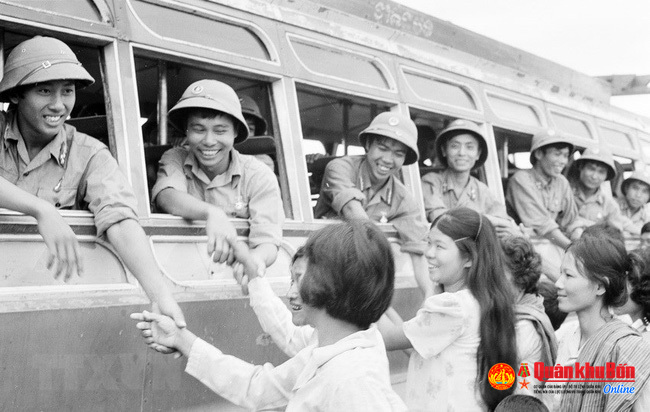


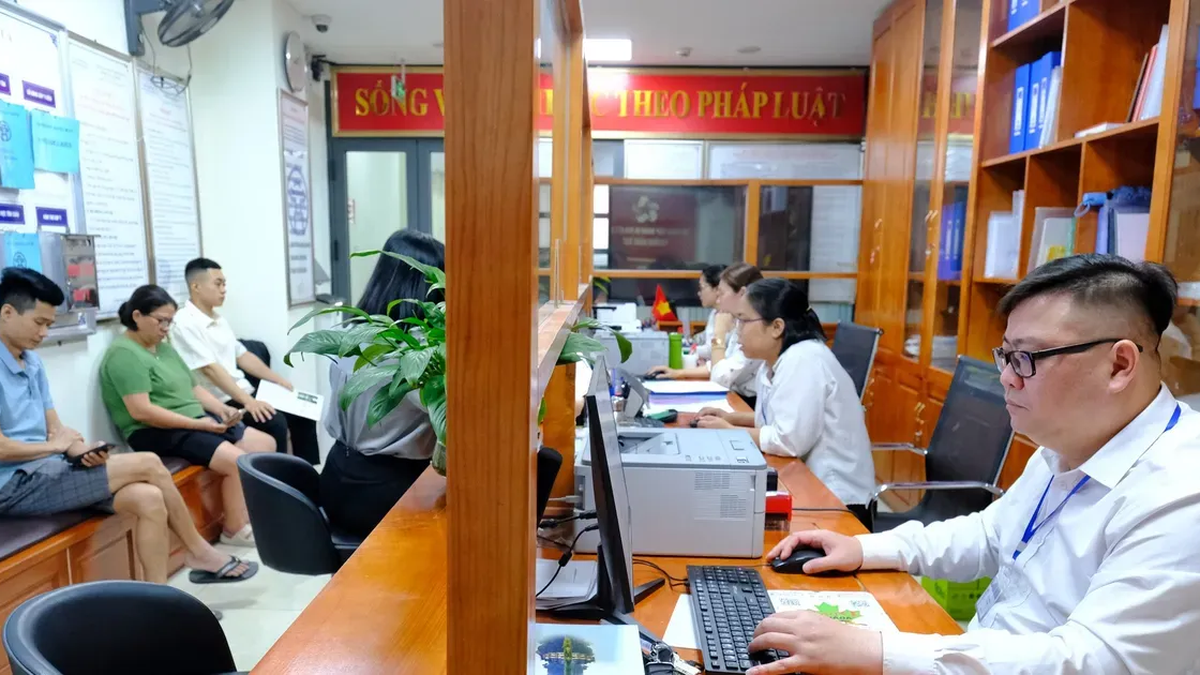


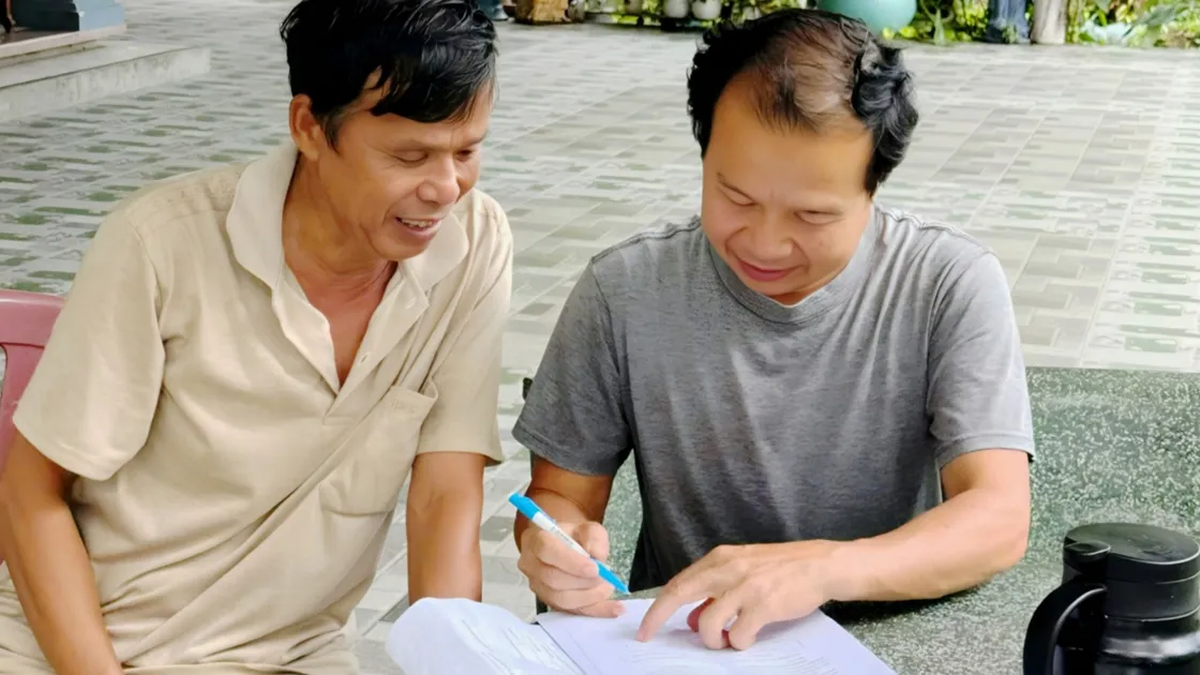
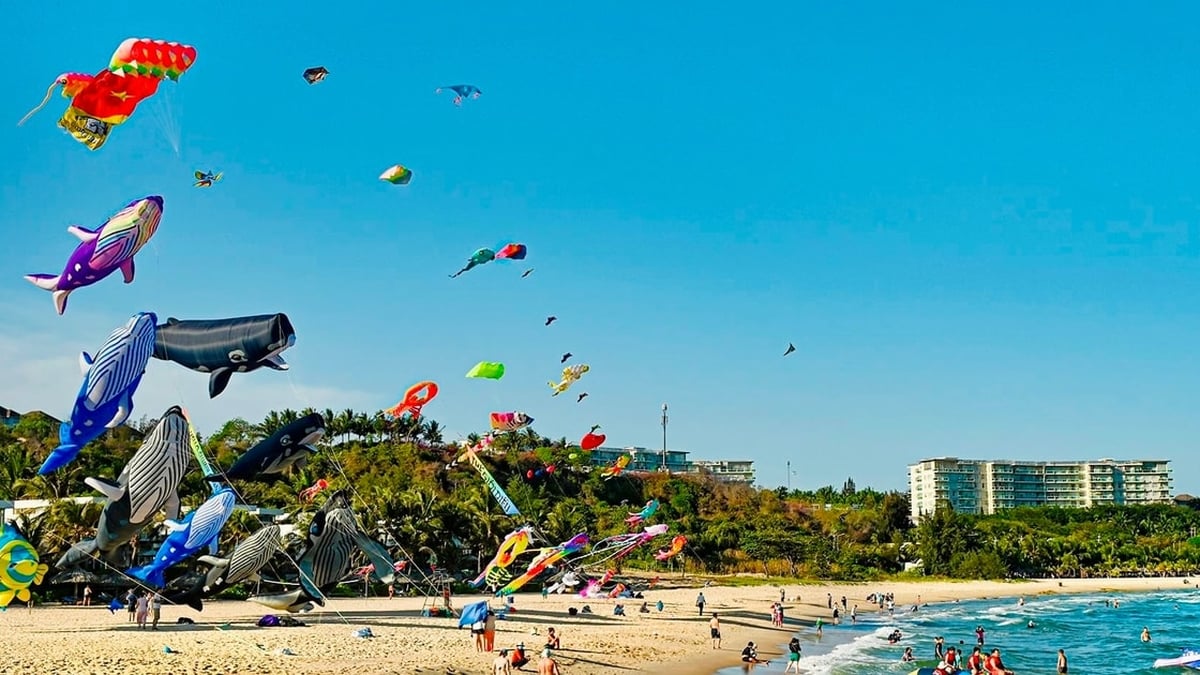
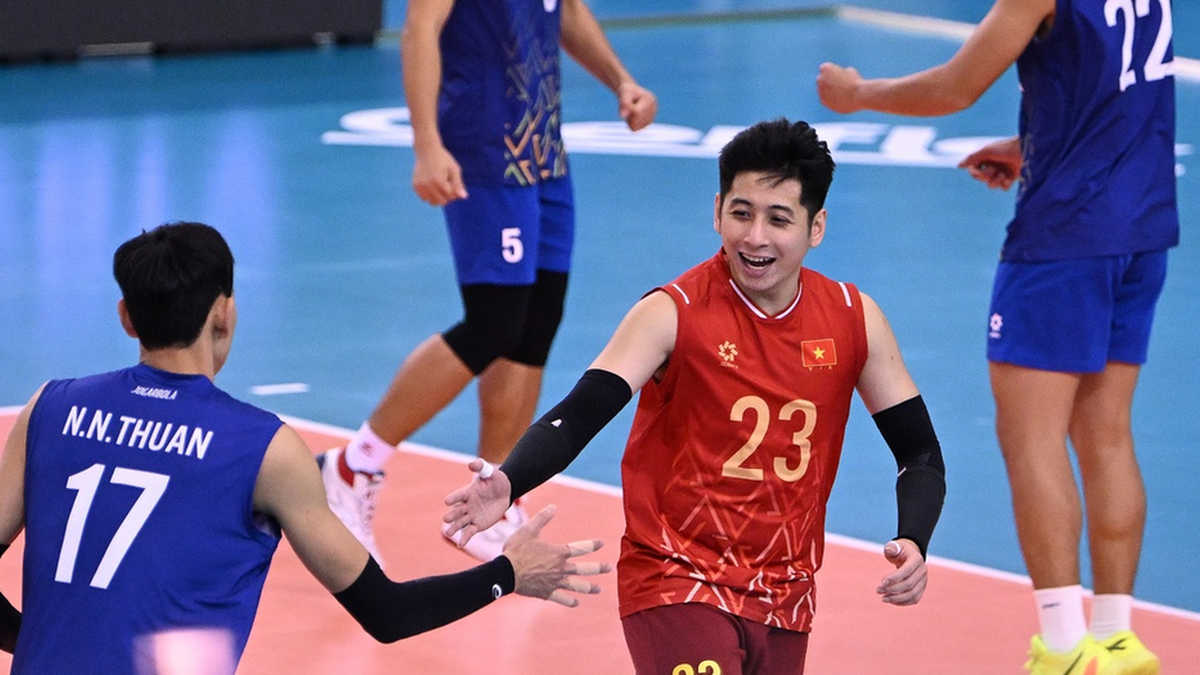
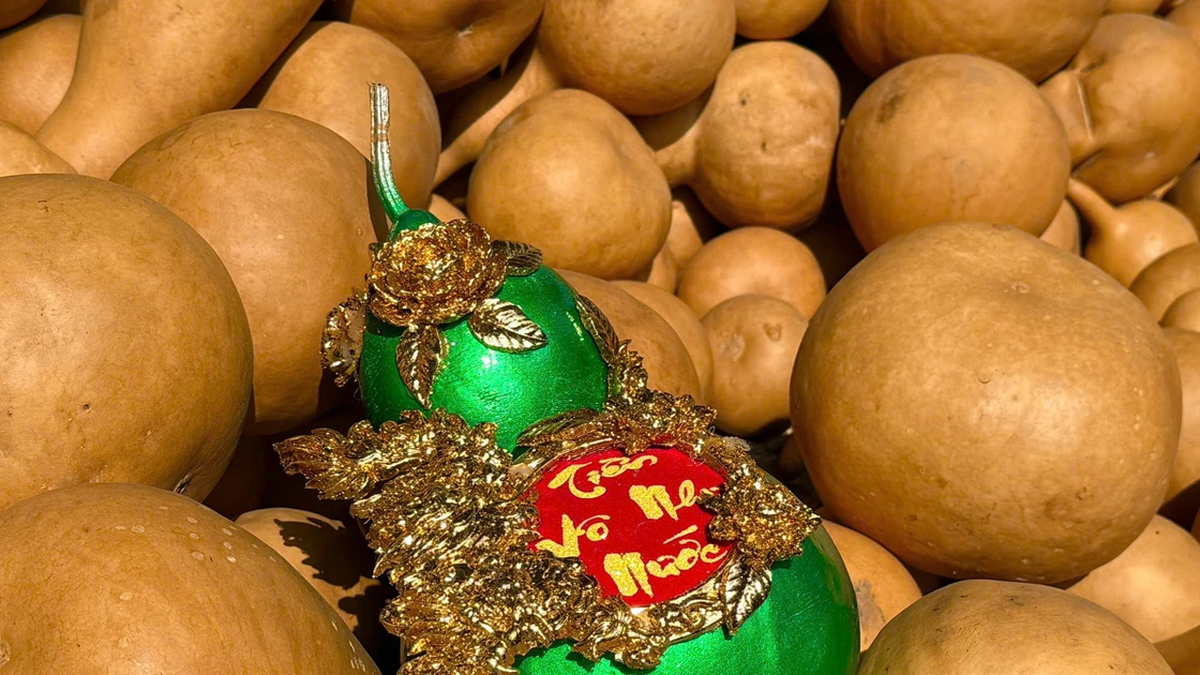

























































































Comment (0)